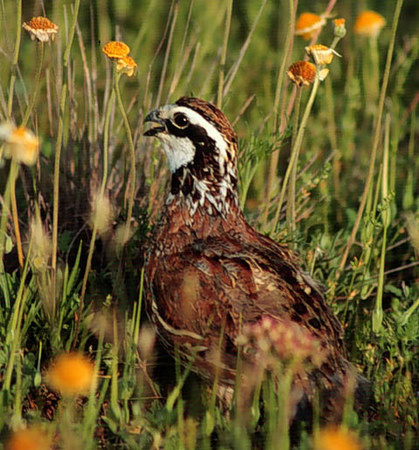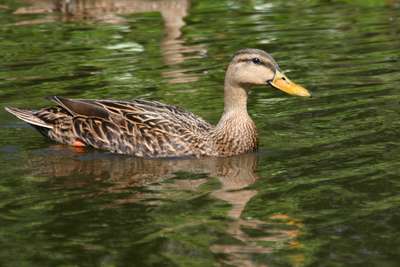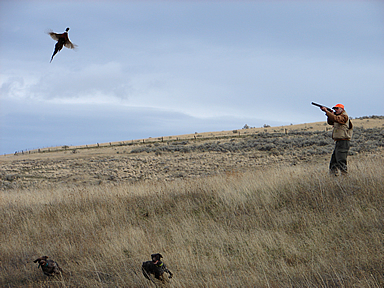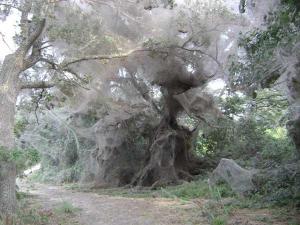
Bluebirds are insectivorous during the nesting season, feeding mainly on ground-dwelling insects. Ideal bluebird habitats are open and barren or short-cut/sparsely grassed areas (so they can see their food) with a few trees nearby (for perching).
Pesticide and herbicide-free cattle or horse pastures, cemeteries, acreages, abandoned orchards, hike-and-bike trails, prairie coulees, lightly traveled roadsides, abandoned railroad rights-of way, golf courses, open areas in parks, the edges of meadows, clear cuts adjacent to or within forested areas that have been recently burned, and sagebrush flats provide excellent bluebird habitat.
Bluebirds will also nest on the fringes of towns and cities, especially if they were nesting in those areas prior to development.
Lenker Blue Bird Box Instructions
Poor bluebird habitat includes areas that they naturally shun (i.e., city centers, densely wooded areas, or intensively farmed areas where there is a lack of natural habitat), areas where they are in competition with House Wrens or House Sparrows, or locations where the boxes are at risk of being subject to predation or vandalized.
Instructions for Building Bluebird Boxes:







